Why a CIO should care about payments
Sanjeeb Kalita Chief Revenue Officer, Ezetap Mobile Solutions Pvt. Ltd.
Sanjeeb Kalita | Chief Revenue Officer, Ezetap Mobile Solutions Pvt. Ltd.
Aug 27, 2018
Payment as a business process has traditionally been the responsibility of the CFO. Under the CFO’s organization, there is often a junior manager who is responsible for payment (cash) collection. These payments are collected over a variety of touch points such as Stores/Outlets or Agents (Delivery, Sales, Service and Collection), depending upon the type of the business and the business model. Often at times, the senior management does not pay attention to the efficiency of the modes of collection. The problem accentuates when there is a realization by management that a large part of the payments is collected by cash and the process of recording the transaction involves many manual touch points. The cost that an organization incurs around these activities are largely hidden but not small.
There are 5 different type of costs that an organization pays for an inefficient and manual payment process :
- Delay in realization of cash/cheque – The organization loses anywhere between 3 to 4 days of Working Capital.
- Loss of Productivity – In our work with the Insurance Industry, we have come to know that the Industry loses 10% of its sale to the “Kal Aao – Come Tomorrow” syndrome. The most frequently used excuse is – “I don’t have my cheque book” or “I am not carrying enough cash, come tomorrow”. And that tomorrow never comes for around 10% of the qualified prospects. For the rest, the cost of sale goes up due to additional visits.
- Increased Overhead – The third element of cost is the support staff that needs to be employed (and the stationery and office space to be provided) to manage the post collection stage of cash and cheques.
- Lack of Transparency – The fourth is the cost of not knowing what is happening in the business across different geographies and different channels in real time.
- Leakage – It is unfortunately common that the sales or service or collection or delivery executive after collecting cash decides to quit on the spot never to be seen again in that area. The temptation is too big – 5/6 times of his monthly salary.
The problem does not end here. If the payment is by cash/cheque, the executive then has to go to the office and fill in a few forms, stand in a queue, and deposit the money. This is equivalent to two additional sales or service or delivery or collection calls per day. Not to mention, on an average, a cheque bounce instance is in the range of 3-5%.
In our discussion across different types of industries, we have seen that the organization ends up paying somewhere between 2-3% over and above the recognized costs associated to payment collection. This is a lot of responsibility for a junior/mid-level manager in a CFO’s organization. The junior members of the finance team usually keep driving manual efficiency. So the end result is one more audit, one more manual control, centralization receipt book printing etc. Nothing much happens beyond that. Not much of technology has been deployed to address these costs and inefficiencies. The good news is that we have technology that can help organizations build efficiency around payment processes. However, this is not the only reason why the CIO should care about it. The innovation in India around payments is disruptive to any industry that charges money. With the launch of United Payment Interface (UPI) by NPCI, businesses need to be able to accept any type of payment at any time – including all the new wallets and all credit cards. All of this involves sophisticated technology. The CIO becomes an essential player in the world of payments. I can’t predict the future, but one thing is sure – we will have more innovation and thereby more ways of making payments. The CIO needs to build a payment platform which is future proof. The future of business dictates that payments and collecting payments need to move out from the shadows of the Junior Finance Manager and into the universe of the CIO.
Give us a call at 1800 313 141516 or mail us questions at sales@ezetap.com to know about our Universal Payment Solutions and Payment Features today!

Rini Sinha | Senior Manager - Products - Ezetap Mobile Solutions Pvt. Ltd.
Read More

Chaitali Bhatia | Director – Marketing Ezetap Mobile Solutions Pvt. Ltd.
Read More

Chankey Agarwal | Senior Manager - Solution Consulting
Read More

Anurag Rastogi | Manager - Marketing Ezetap Mobile Solutions Pvt. Ltd.
Read More

Anurag Rastogi | Manager - Marketing Ezetap Mobile Solutions Pvt. Ltd.
Read More

Anurag Rastogi | Manager - Marketing Ezetap Mobile Solutions Pvt. Ltd.
Read More

Chaitali Bhatia | Director – Marketing Ezetap Mobile Solutions Pvt. Ltd.
Read More
_(1).jpg)
Anurag Rastogi | Manager - Marketing Ezetap Mobile Solutions Pvt. Ltd.
Read More

Chaitali Bhatia | Director – Marketing Ezetap Mobile Solutions Pvt. Ltd.
Read More

Ketan Mehta | Director - Enterprise Sales
Read More

Anurag Rastogi | Manager - Marketing Ezetap Mobile Solutions Pvt. Ltd.
Read More

Chaitali Bhatia | Director – Marketing Ezetap Mobile Solutions Pvt. Ltd.
Read More
.png)
Chaitali Bhatia | Director – Marketing Ezetap Mobile Solutions Pvt. Ltd.
Read More

Chaitali Bhatia | Director – Marketing Ezetap Mobile Solutions Pvt. Ltd.
Read More

Vineet Suneja | Chief Revenue Officer
Read More
.png)
Prasana Kumar Parthasarathy | Director, Customer Solutions, Ezetap by Razorpay
Read More

Chaitali Bhatia | Director – Marketing Ezetap Mobile Solutions Pvt. Ltd.
Read More

Chaitali Bhatia | Director – Marketing Ezetap Mobile Solutions Pvt. Ltd.
Read More

Chaitali Bhatia | Director – Marketing Ezetap Mobile Solutions Pvt. Ltd.
Read More

Chaitali Bhatia | Director – Marketing Ezetap Mobile Solutions Pvt. Ltd.
Read More

Rini Sinha | Senior Manager - Products - Ezetap Mobile Solutions Pvt. Ltd.
Read More

T. Venkata Chalapathi | Principal Architect, Ezetap Mobile Solutions Pvt. Ltd.
Read More

Prasanna Rao | Director of Marketing, Ezetap Mobile Solutions Pvt. Ltd.
Read More
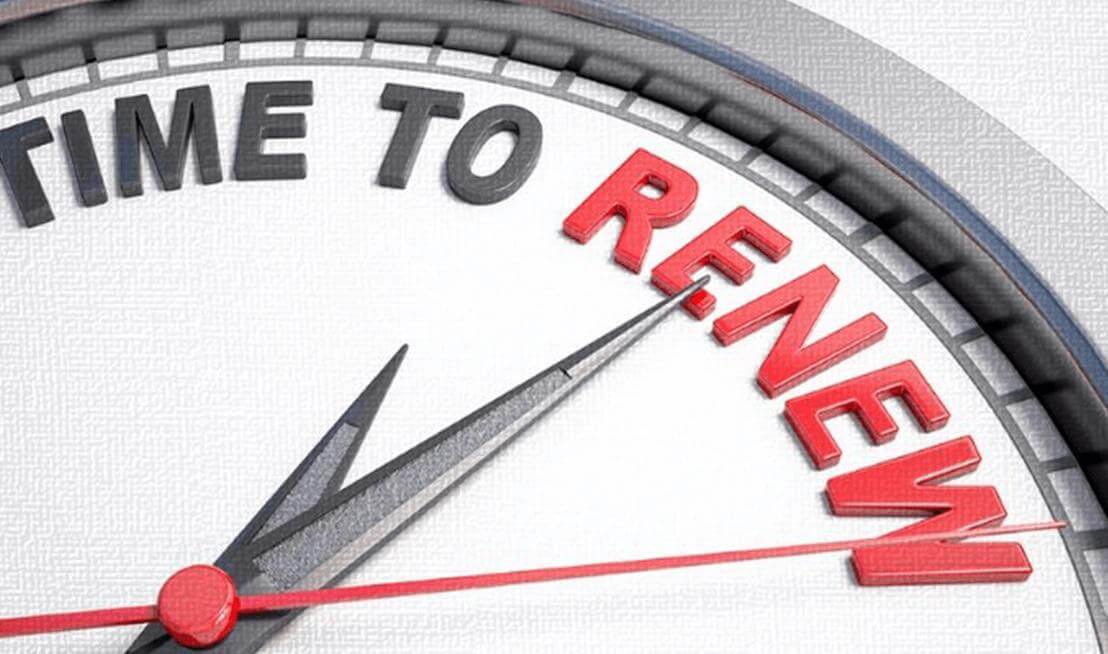
Prasanna Rao | Director of Marketing, Ezetap Mobile Solutions Pvt. Ltd.
Read More
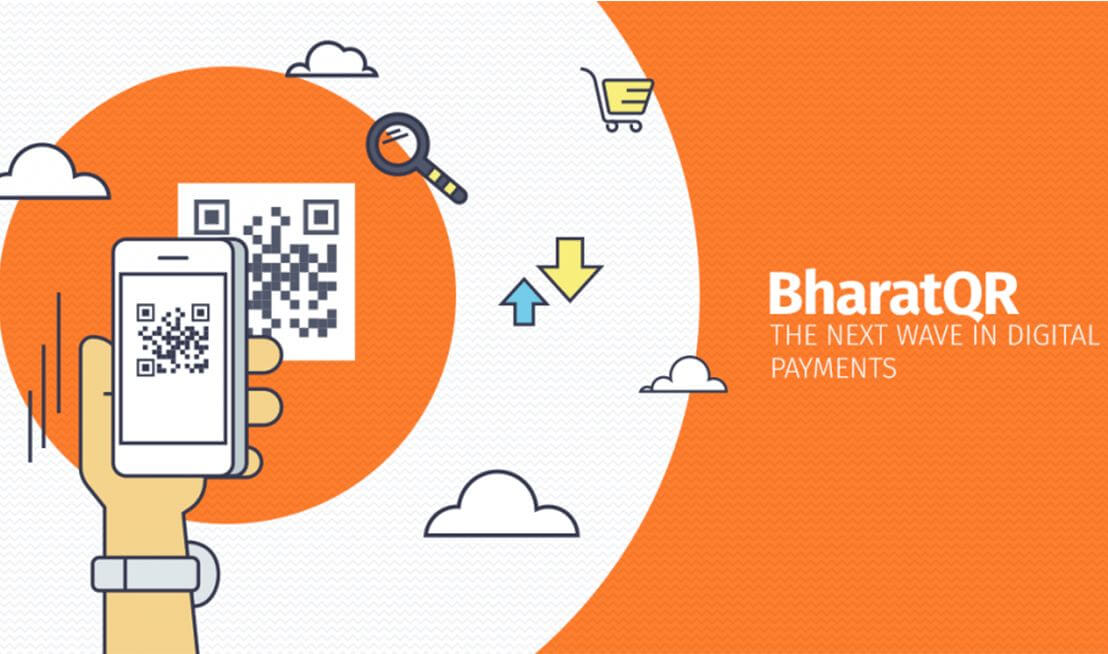
Bhaktha Keshavachar | Co-Founder & CTO, Ezetap Mobile Solutions Pvt. Ltd.
Read More
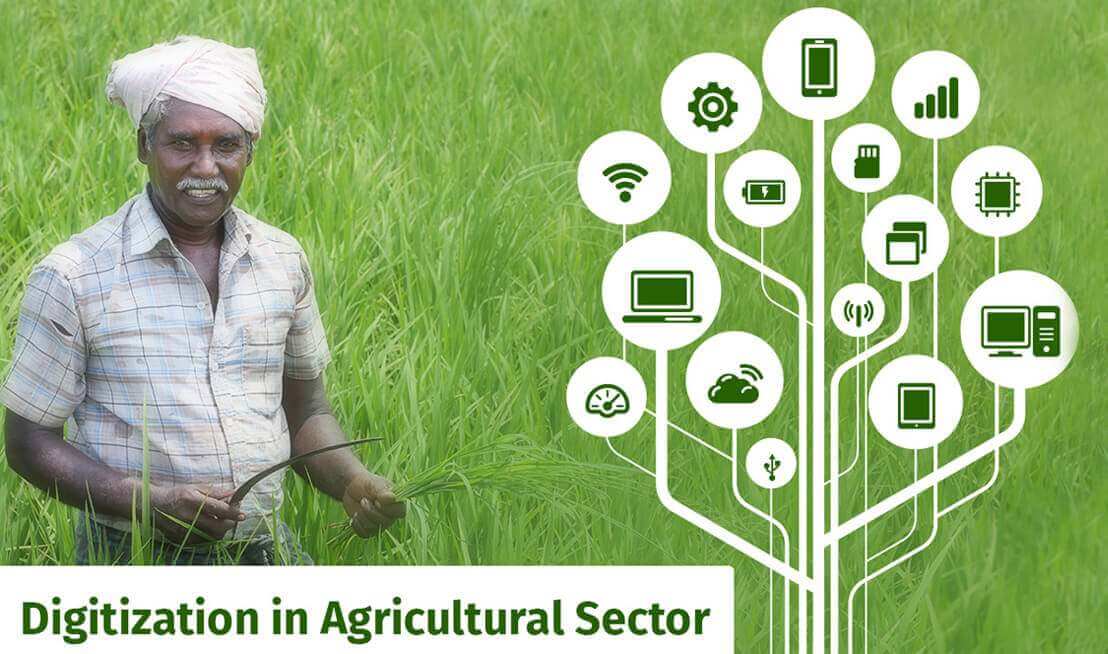
Sanjeeb Kalita | Chief Revenue Officer, Ezetap Mobile Solutions Pvt. Ltd.
Read More

Shirish Andhare | SVP – Product, Ezetap Mobile Solutions Pvt. Ltd.
Read More

T. Venkata Chalapathi | Principal Architect, Ezetap Mobile Solutions Pvt. Ltd.
Read More

Sanjeeb Kalita | Chief Revenue Officer, Ezetap Mobile Solutions Pvt. Ltd.
Read More

Abhijit Bose | CEO & Co-Founder, Ezetap Mobile Solutions Pvt. Ltd.
Read More

Amandeep Singh Bhan | Vice President – Enterprise Sales
Read More
.jpg)
Chaitali Bhatia | Director – Marketing Ezetap Mobile Solutions Pvt. Ltd.
Read More
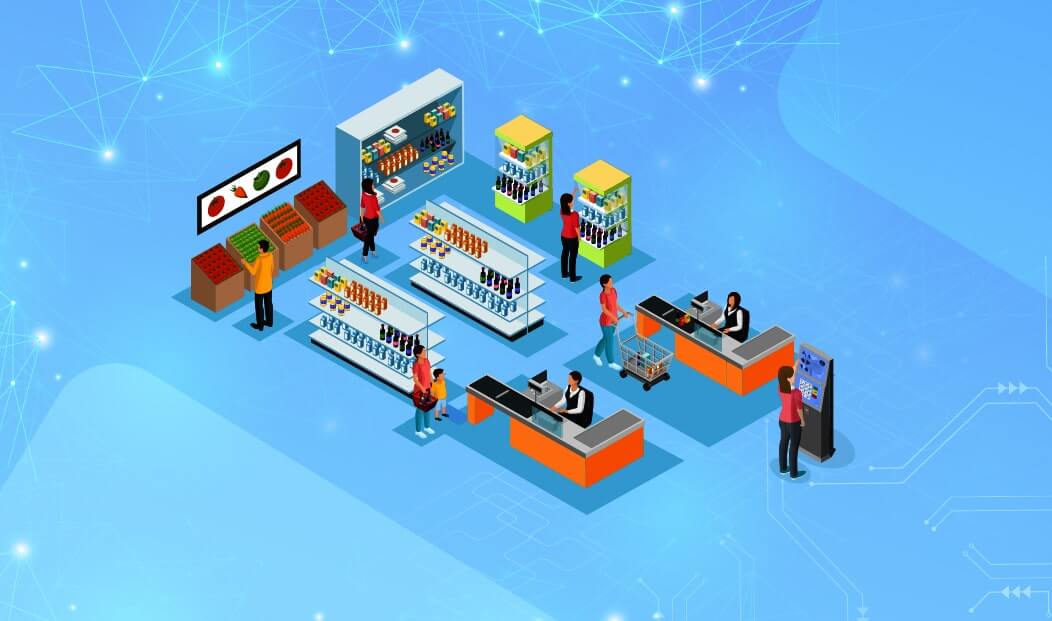
Chaitali Bhatia | Director – Marketing Ezetap Mobile Solutions Pvt. Ltd.
Read More
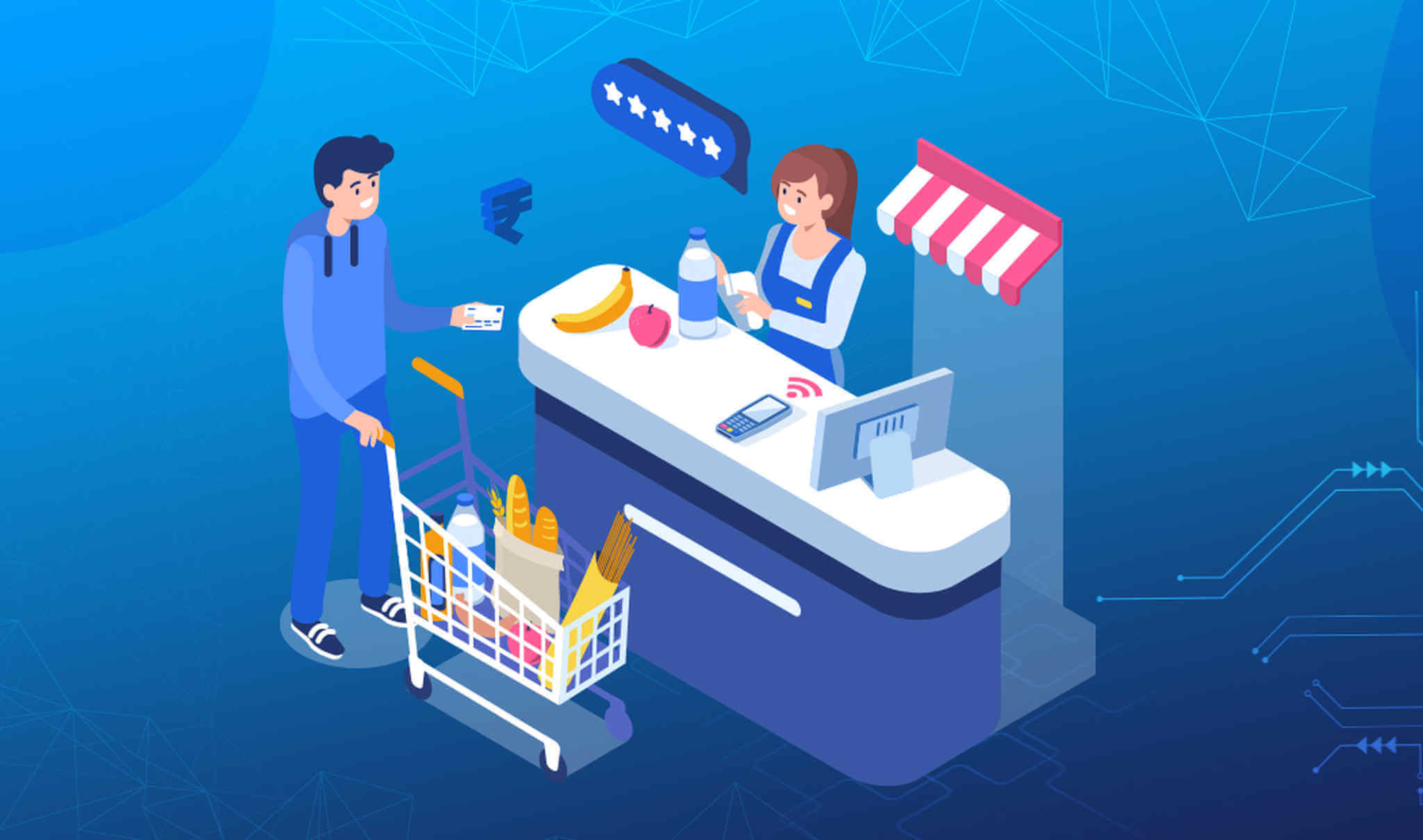
Chaitali Bhatia | Director – Marketing Ezetap Mobile Solutions Pvt. Ltd.
Read More

Chaitali Bhatia | Director – Marketing Ezetap Mobile Solutions Pvt. Ltd.
Read More
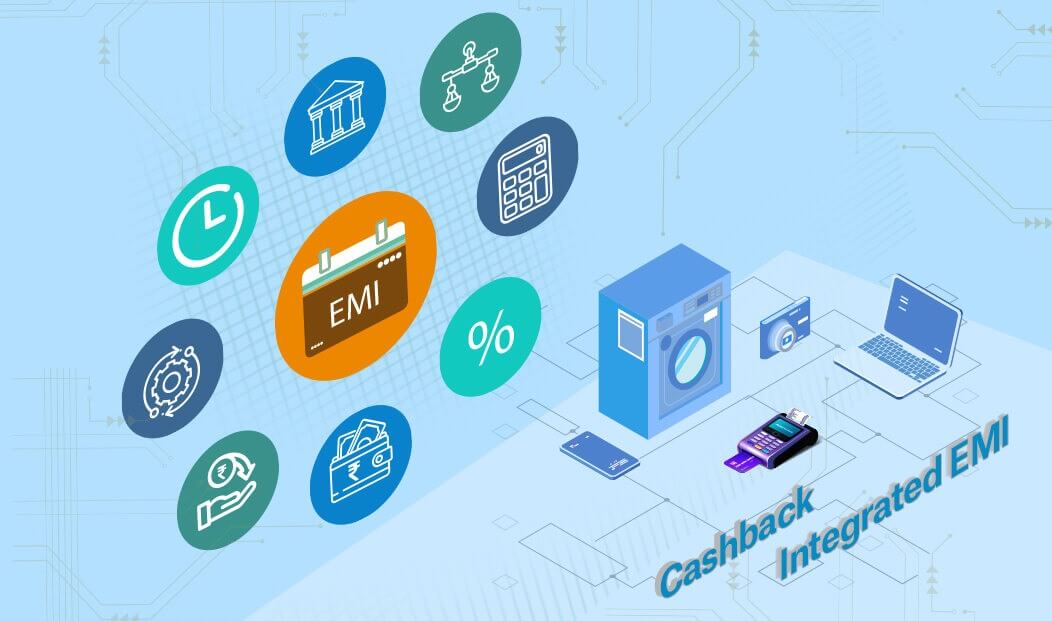
Kumar Mukul | Senior Manager - Product
Read More

Bhaskar Chatterjee | Head of Products
Read More

Chaitali Bhatia | Director – Marketing Ezetap Mobile Solutions Pvt. Ltd.
Read More

Chaitali Bhatia | Director – Marketing Ezetap Mobile Solutions Pvt. Ltd.
Read More
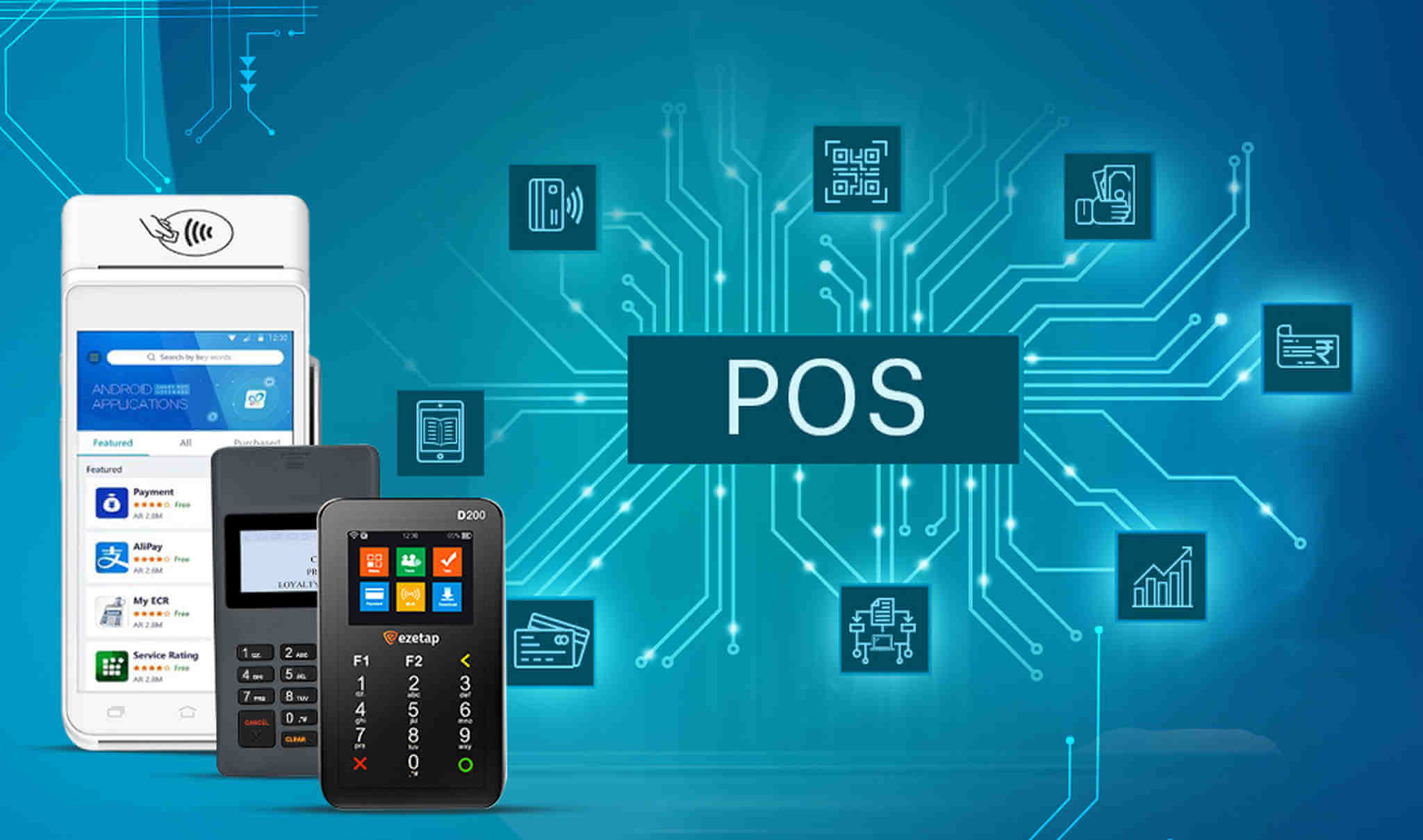
Chaitali Bhatia | Director – Marketing Ezetap Mobile Solutions Pvt. Ltd.
Read More
